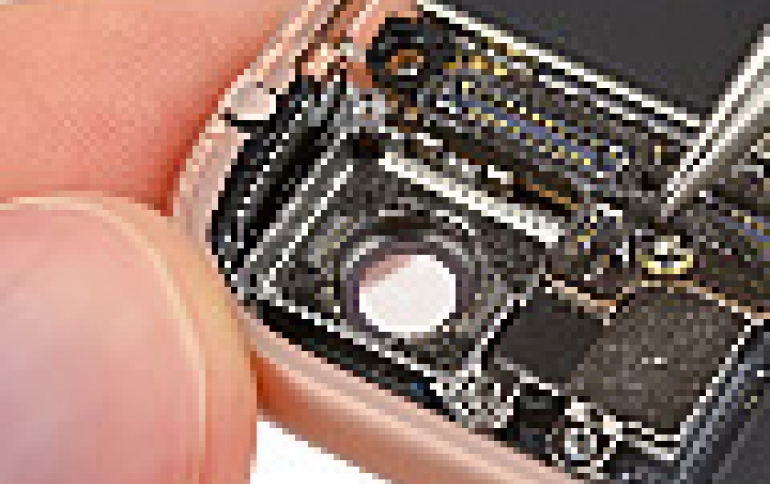
iPhone 8 Teardown
The first iPhone 8 teardown is here, courtesy of iFixit.com, and if you are a hardware enthusiast you may find interesting the internal parts of Apple's new device, which comes with glass backing and wireless charging.
Apple has skipped its iPhone "S" possibly in order to play a game of mere numerical catch-up to Samsung's Galaxy S8 line. The device, which is officially available today, has the following basic features:
- A11 Bionic chip with embedded M11 motion coprocessor
- 64 or 256 GB onboard storage capacity
- 4.7-inch IPS multitouch Retina HD display (LCD) with 1334 x 750 resolution (326 ppi)
- 12 MP camera with f/1.8 aperture, optical image stabilization, and 5x digital zoom
- 7 MP FaceTime HD camera with f/2.2 aperture and 1080p HD recording capability
- Support for fast-charge and Qi wireless charging
- 802.11a/b/g/n/ac Wi‑Fi w/MIMO + Bluetooth 5.0 + NFC
- Solid-state home "button" with Touch ID fingerprint sensor.
Apple continues to use a mix of Qualcomm and Intel LTE modems in its iPhone 8, according to the iFixit report. Broadcom gained an expected design win for a wireless charging chip, NXP hung on to its socket for near-field communications (NFC).
The teardown showed that Broadcom won the socket for wireless charging as expected.
The publication also highlights the phone's 3.82 V, 1821 mAh battery cell, whic will deliver up to 6.96 Wh of power. As a note, the iPhone 7 featured a larger 7.45 Wh battery. And for reference, the similarly-spec'd Galaxy S8 packs a 11.55 Wh battery. But Apple claims battery life for the iPhone 8 will be comparable to last year's unit.
The iPhone 8 has the same f/1.8, 6 element lens that we saw on the iPhone 7, but everything else about the camera is new and improved. The 8's sensor is bigger than the 7's, but specs the same 12 MP resolution. This means the individual pixels are larger, letting in more light, improving colors, and decreasing noise. In addition, mproved image processing software shows Apple still has a few clever tricks up its sleeve.
In terms of chips, here is the lineup:
- Apple 339S00434 A11 Bionic SoC layered over SK Hynix H9HKNNNBRMMUUR 2 GB LPDDR4 RAM
- Qualcomm MDM9655 Snapdragon X16 LTE modem
- Skyworks SkyOne SKY78140
- Avago 8072JD130
- P215 730N71T - likely an envelope tracking IC
- Skyworks 77366-17 quad-band GSM power amplifier module
- NXP 80V18 secure NFC module
- Apple/USI 170804 339S00397 WiFi/Bluetooth/FM radio module
- Apple 338S00248, 338S00309 PMIC, and S3830028
- Toshiba TSBL227VC3759 64 GB NAND flash storage
- Qualcomm WTR5975 Gigabit LTE RF transceiver and PMD9655 PMIC
- Broadcom 59355-Likely an iteration of BCM59350 wireless charging IC
- NXP 1612A1-Likely an iteration of the 1610 tristar IC
- Skyworks 3760 3576 1732 RF Switch and SKY762-21 247296 1734 RF Switch
The device also packs an Apple branded, Qi enabled (pronounced "chee") wireless charging coil. This coil uses an oscillating magnetic field to generate an alternating current. This alternating current is then converted to direct current, and that is the magic juice that fuels the battery.
Overall, the iPhone 8 is an incremental step for Apple, a relatively minor upgrade, with its advances sometimes attributed more to software than hardware..





















